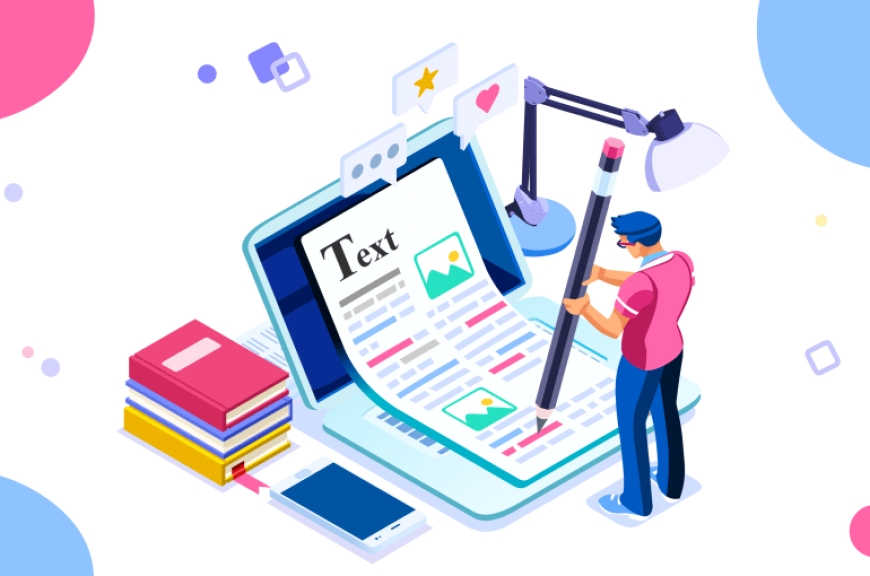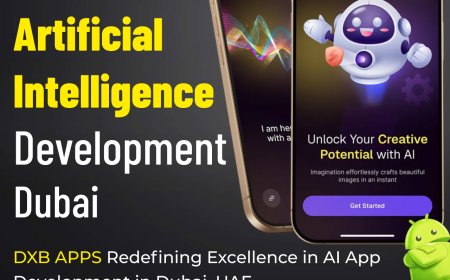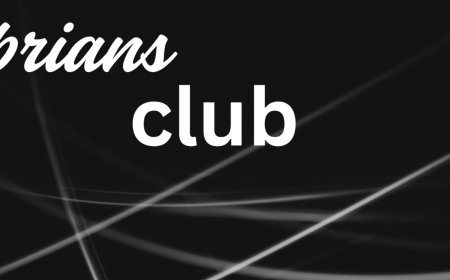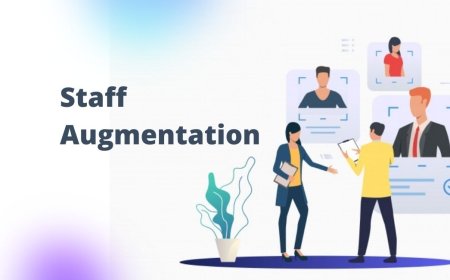The Role of Document Generation Software in Modern Customer Experience Management
Explore how document generation software enhances customer experience management through automation, personalization, and streamlined communication.

In todays digital age, customer experience management (CXM) is at the heart of business success. Companies are no longer competing on products alone but on the quality and consistency of experiences they deliver. Amid rising expectations for personalized, timely, and seamless interactions, document generation software plays a pivotal role in modernizing how organizations communicate with customers.
This article explores how document generation software contributes to CXM strategies, boosts efficiency, enhances personalization, and strengthens customer trust.
Understanding Document Generation Software
Document generation software automates the creation of digital documents using templates and pre-defined data sources. These documents can range from invoices, proposals, contracts, and welcome letters to personalized marketing materials.
Rather than manually crafting each document, this software dynamically pulls customer data from CRMs, ERPs, or databases and inserts it into standardized formats. This ensures consistency, reduces errors, and significantly speeds up the communication process.
Popular document generation tools include DocuSign Gen, Conga Composer, Windward Studios, Formstack Documents, and Templafy.
The Evolving Landscape of Customer Experience
Customer experience is more than just service. It encompasses every interaction a customer has with your brandfrom the first website visit to onboarding, support, and follow-up communication. Todays customers demand:
-
Speed: Instant access to information and documentation
-
Personalization: Tailored interactions based on preferences and history
-
Consistency: Unified messaging across all touchpoints
-
Transparency: Clear and accurate information delivery
Traditional methods of document handling are ill-equipped to meet these evolving needs. Manual processes lead to delays, inaccuracies, and inconsistent communicationeroding customer trust.
This is where document generation software becomes a strategic CXM tool.
How Document Generation Software Enhances CXM
1. Faster, More Efficient Communication
One of the biggest pain points in customer service is the delay in sending important documents. Whether its onboarding a new client, generating a contract, or sharing an updated policy, time matters.
Automation enables instant document creationwhat once took hours can now be done in seconds. This results in faster customer response times, which directly contributes to higher satisfaction.
2. Personalized Experiences at Scale
Modern customers expect communications that reflect their unique needs. Document generation software uses dynamic fields and conditional logic to create personalized documents based on customer data.
For example:
-
A telecom company can generate custom billing statements with usage stats and upgrade suggestions.
-
A financial institution can generate tailored investment reports for each client.
Personalization shows that your business understands and values each customerfostering stronger relationships.
3. Error Reduction and Compliance
Manual document creation is prone to human error. Incorrect names, outdated templates, or missing data can damage credibility and even create legal risks.
Document generation software ensures data accuracy and regulatory compliance by:
-
Pulling real-time data from verified sources
-
Using approved and up-to-date templates
-
Enforcing formatting and brand guidelines automatically
This not only builds trust but also safeguards the organization from potential liabilities.
4. Consistent Brand Messaging
Customers interact with different departmentssales, support, billingand expect a unified brand experience. With centralized templates and automation rules, document generation software helps maintain consistent messaging and design across all communications.
Every invoice, contract, or service update looks professional, on-brand, and aligned with your organizations voicereinforcing brand identity and reliability.
5. Integrated Omnichannel Delivery
In modern CXM, its not just what you send but how you send it. Customers interact across email, web portals, mobile apps, and more.
Document generation tools often integrate with CRMs, email platforms, e-signature solutions, and customer portals to automate delivery through preferred channels. For example:
-
Emailed PDFs
-
Embedded documents in customer portals
-
Real-time access through mobile apps
This omnichannel approach ensures that the right document reaches the right customer at the right time.
Use Cases Across Industries
Document generation supports CXM in virtually every industry:
-
Banking & Finance: Generate personalized statements, loan agreements, compliance disclosures
-
Healthcare: Automate patient intake forms, consent documents, care summaries
-
Insurance: Create tailored quotes, claims summaries, policy renewals
-
Retail & E-commerce: Send order confirmations, promotional offers, personalized invoices
-
Legal & Real Estate: Draft contracts, property listings, NDAs, and closing documents
Each of these interactions contributes to the overall customer experienceand document automation ensures they are handled efficiently and professionally.
Future of Document Generation in CXM
As businesses move further into AI-driven personalization and predictive analytics, document generation software is evolving too. Modern platforms are integrating:
-
AI-powered content suggestions based on customer behavior
-
Natural language generation (NLG) for more human-like tone
-
Real-time collaboration tools for document co-creation
-
Analytics dashboards to track document open rates and engagement
These innovations will help companies refine their communication strategies, delivering not only faster documents but smarter onesaligned with customer needs and expectations.
Best Practices for Implementing Document Generation Software
To fully realize the CXM benefits of document automation, organizations should consider:
-
Aligning templates with customer journeys: Design templates for every key customer touchpoint.
-
Integrating with core systems: Connect your CRM, ERP, and marketing platforms for seamless data flow.
-
Training teams: Ensure staff can easily generate, review, and send documents.
-
Monitoring performance: Use analytics to track response times, errors, and customer feedback.
Choosing scalable, secure, and user-friendly document generation tools will be critical for long-term success.
Conclusion
Document generation software is no longer just a backend efficiency toolits a front-line enabler of exceptional customer experiences. By automating the creation and delivery of personalized, accurate, and timely communications, businesses can strengthen relationships, improve customer satisfaction, and stay ahead in a competitive market.
As CXM continues to evolve, investing in intelligent document generation is not just a convenienceits a strategic imperative.










































